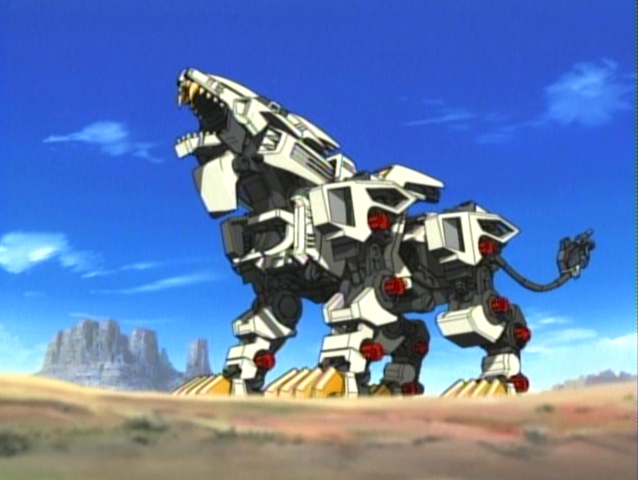There are a number of reasons.
The most notable are simply the practical ones. The human form is inherently unstable on the move. It is only through the application of countless small and semi-invluntary muscle responses that the act of walking is possible. While this can be overcome with current technology a second one is far harder to defeat: power. Simply put, generating the energy needed to move something very large is difficult and fitting a power plant inside something as (relatively) small as a gundam would be impossible with current technology.
Which such problems could be overcome, this leads to a second set of problems. If you consider the fundamental flaws of the human form, you begin to realize that protecting the weak spots inherent in the design is all but impossible. Modern anti-armor weapons are easily capable of defeating the equivalent of several feet of steel armor. Due to simple weight considerations, even modern main battle tanks only maintain this sort of protection on a single face and even then only on a specific part of said facing. Achieving this sort of protection on any significant part of a mecha would be impossible. Thus a mecha would be significantly more vulnerable to a wider variety of anti-armor weapon systems.
A second problem is simply that motion of the sort shown in Gundam is, strictly speaking, impossible. If you ignore pesky problems like questions of a pilot's ability to survive any number of obviously fatal things (falling from a great height, sudden acceleration of any sort, etc), you'll begin to consider the simple reality of the structure itself. As a general rule, the bigger something gets the harder it is to move. People are relatively mobile and agile but we are shamed in this regard by the common house cat. By contract, we are significantly more agile than an Elephant. To get to my point more quickly, the problem is that a mecha's mass would make sudden maneuvers impossible. An attempt to arrest a machine that weighs hundreds of tons motion so that it can pivot and move in a different direction would result in the catastrophic failure of the support structure long before any significant change was made in heading.
The final problem is that the expense necessary to produce such a machine has no real purpose not already filled by specialist machines. Tanks are already an incredibly efficient way to package mobility, firepower and armor together. Artillery and air support are excellent ways to deliver firepower over long distances and infantry has long proven it's worth in complex terrain.
What is far more likely is not the mecha of Japenese origin, but something closer to power armor. The weak link technologically speaking is the infantryman. People have a natural payload limit of perhaps 100 pounds. This limits what weapon systems are considered man portable. Even relatively small weapons like automatic grenade launchers and heavy machine guns require teams of several people to move and such weapons are thus largely relegated to prepared positions. The medium machine gun and single shot grenade launcher represent the heaviest weapons a single soldier can bring to battle (and in the case of the former, the task is generally assigned to a pair of soldiers). By the same note, protecting the soldier is difficult. Body armor is heavy and uncomfortable and even the heaviest armor is only designed to protect a relatively small portion of the body and even then only against a relatively small caliber of weapon.
The technical problems of power armor would, all told, be easier to overcome than those of a mecha (some of which are almost certainly impossible to overcome). By increasing the payload limit of a single soldier by even a few hundred pounds, personal protection and firepower of an infantryman could be increased dramatically without significantly detracting from the advantage infantry provide on the battlefield.

